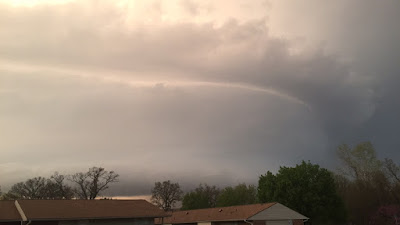Week 4 Lab: Mythology Crash Course
 |
| Illustration of a person telling a story to others. Source: Website. |
In the first video explaining what a myth is and how it is defined across the world, I enjoyed the explanation that it is basically a conglomeration of all disciplines put into some form of storytelling because I have already noticed that through our weekly readings. The video's definition of a myth is also a solid general description, saying that it is a story with both significance and staying power. It was helpful to learn that even experts struggle with interpreting myths since there really is not much context and since the author is typically a person retelling an original, authorless story in a new language.
The second video opened my eyes to how myths are viewed in the world since it explained that critical analysis of mythological stories dates all the way back to Plato (and possibly even before that). Two theories on how to interpret myths that stood out to me were euhemerism, a way of seeing myths as an explanation of "the natural world or as time-distorted accounts of long-past historical events", and the ideology of Sigmund Freud and Carl Jung, who generally believed that myths were ways of explaining incomprehensible realities throughout the world.
The third video gave a great base for understanding hero myths using Joseph Campbell's The Hero's Journey, or monomyth, which has seventeen subparts explaining the typical plot of a hero myth. Campbell states that the first part involves the hero separating himself/herself from the world/society, the second part involves his/her trials and victories along the journey, and the third part involves him/her returning back to the world/society.


Comments
Post a Comment